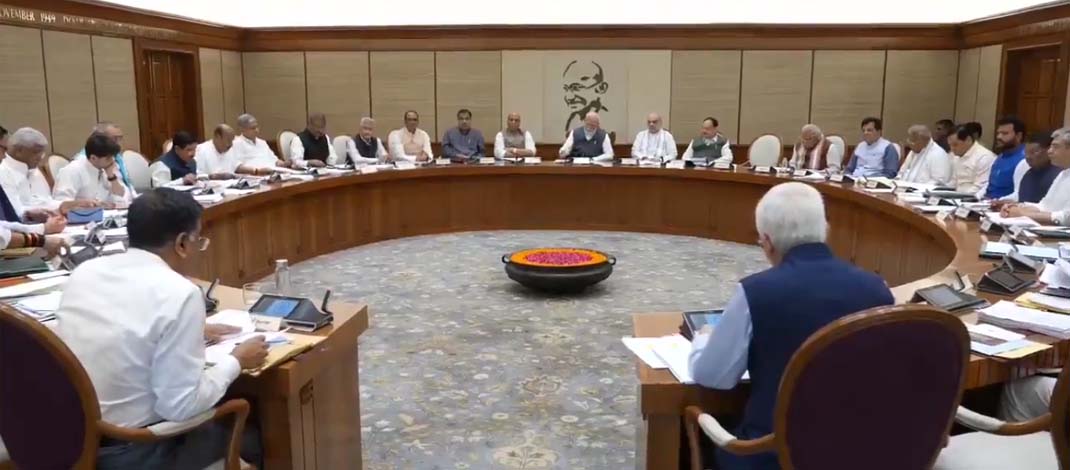- Courses
- GS Full Course 1 Year
- GS Full Course 2 Year
- GS Full Course 3 Year
- GS Full Course Till Selection
- Online Program
- GS Recorded Course
- NCERT (Recorded 500+ Hours)
- Polity Recorded Course
- Geography Recorded Course
- Economy Recorded Course
- AMAC Recorded Course
- Modern India, Post Independence & World History
- Environment Recoded Course
- Governance Recoded Course
- Science & Tech. Recoded Course
- International Relations and Internal Security Recorded Course
- Disaster Management Module Course
- Ethics Recoded Course
- Essay Recoded Course
- Current Affairs Recoded Course
- CSAT
- 5 LAYERED ARJUNA Mentorship
- Public Administration Optional
- ABOUT US
- OUR TOPPERS
- TEST SERIES
- FREE STUDY MATERIAL
- VIDEOS
- CONTACT US
Global Nuclear Regulation
Global Nuclear Regulation
Context
Recently, Russian government has approved a law to revoke the support for the Comprehensive Test Ban Treaty (CTBT).
Current situation
- The bill passage is similar to the U.S., which signed but didn't fully accept the CTBT.
- World is worried that Russia might restart nuclear tests to stop the West from aiding Ukraine.
- This incident shows how global nuclear rules work and if they're effective.
Rules that countries follow when using nuclear energy around the world
|
1.Comprehensive Test Ban Treaty (CTBT) |
It says that no country can do a nuclear weapons test or any other nuclear explosion anywhere in the world. The agreement, made in 1996, needs approval from 44 particular countries to start working officially. So far, 8 of these countries, including China, India, Pakistan, North Korea, Israel, Iran, Egypt, and the United States, have not given their approval. |
|
2.Non-Proliferation Treaty (NPT), 1968 |
It is meant to stop more countries from getting nuclear weapons by focusing on three things: preventing their spread, getting rid of them, and using nuclear energy for peaceful purposes. India, South Sudan, Israel, and Pakistan never agreed to the Treaty, and North Korea left it in 2003. |
|
3.Treaty on the Prohibition of Nuclear Weapons (TPNW) |
It's the first rule that is binding and all countries agreed to, saying they won't use or make nuclear weapons. The United Nations made this rule in July 2017, and it became a real law in 2021. So far, 91 countries signed it and 68 officially approved it. But India didn't join it. |
|
4.Concept of Nuclear-Weapon-Free Zones (NWFZ) |
It's a way for countries in different regions to work together and make global rules about nuclear weapons. The goal is to stop more countries from getting nuclear weapons and to get rid of the ones that already exist. Presently there are five such treaties: Treaty of Rarotonga (for south pacific), Treaty of Tlatelolco (For Latin America and the Caribbean), Treaty of Semipalatinsk (for Central Asia),Treaty of Bangkok (for southeast Asia) and Treaty of Pelindaba (for Africa), |
|
5.Nuclear supplier groups, 1974 |
In 1974, after India's nuclear test called Operation Smiling Buddha, a group was created with 48 members. The goal is to stop the selling of nuclear materials for business or peaceful reasons that could be used to create nuclear weapons. India wants to join this group, called the NSG, to boost its nuclear power and get the materials it needs. |
|
6.Missile Technology Control Regime (MTCR) |
It aims to reduce the chances of more countries getting dangerous weapons by managing exports of goods and technology that might help in delivering these weapons. There are 35 countries in it, and India is one of them. |
|
7.Fissile Material Cut-off Treaty (FMCT) |
It's a plan between countries to stop making the 2 main parts of nuclear weapons, which are highly enriched uranium (HEU) and plutonium |
|
8.Outer Space Treaty (OST) |
It says no to putting nuclear weapons in space. India is part of the OST. |
The Constraints and Solutions for effectiveness of Regulatory Measures
Limitations |
Solutions |
|
1.Verification Concerns: Worries about illegal trading of nuclear materials and potential nuclear terrorism due to shortcomings in the verification process. The International Atomic Energy Agency (IAEA) lacks sufficient access, budget, personnel, and technology to effectively monitor nuclear proliferation. |
1.Enhanced Verification Measures: Strengthening verification tools and resources for organizations like the IAEA to better monitor nuclear activities globally. |
|
2.Advancements in Nuclear Technology: Swift progress in nuclear technology, such as new reactor designs, makes it challenging for regulators to keep up with evolving risks. |
2.Technology Safeguards: Implementing measures to control and regulate advanced nuclear technologies, ensuring their peaceful use and preventing misuse for military purposes. |
|
3.Noncompliance Instances: For instance, Iran is accused of running a secret nuclear weapons program, violating its commitments under the Nuclear Non-Proliferation Treaty (NPT). |
3.Enforcement Mechanisms: Establishing robust enforcement mechanisms to address noncompliance and impose consequences on states violating nuclear regulations. |
|
4.Limited Focus on Disarmament: Treaties like the NPT don't set a clear deadline for achieving nuclear disarmament. |
4.Clear Disarmament Commitments: Specifying concrete timelines and commitments for nuclear-armed states to achieve disarmament under international treaties. |
|
5.Dual Nature of Technology: Countries may initially pursue peaceful nuclear programs but later divert them for military purposes, exploiting the dual-use nature of the technology. |
5.Building Trust: Promoting diplomatic efforts to build trust among nations, fostering an environment conducive to transparent communication and cooperation in nuclear matters. |
|
6.Lack of Commitment: Nuclear-armed states show reluctance to commit to disarmament due to the strategic importance of these weapons. |
6.International Collaboration: Fostering increased cooperation between nations to establish and uphold effective global nuclear agreements and standards |


